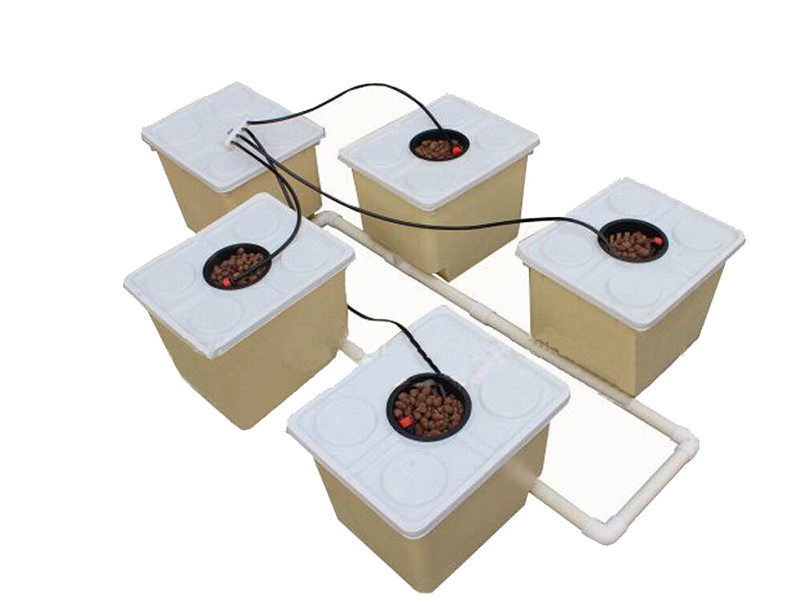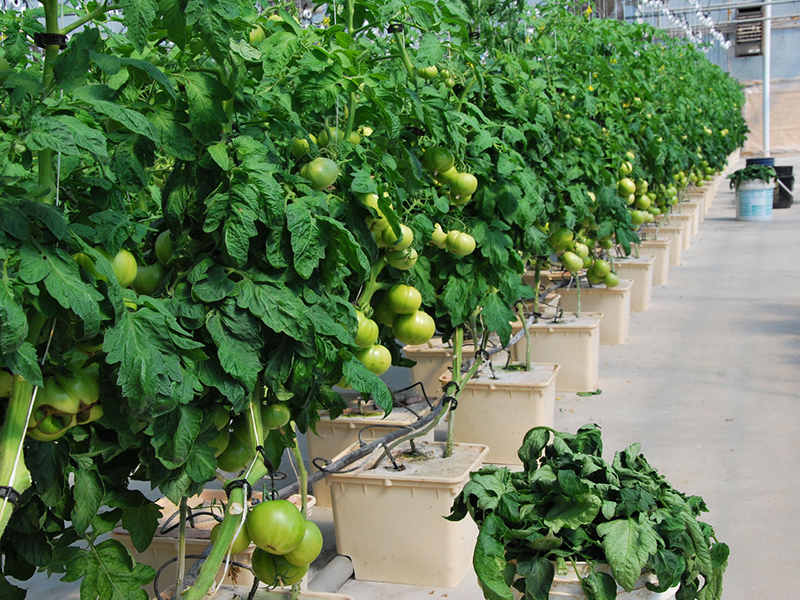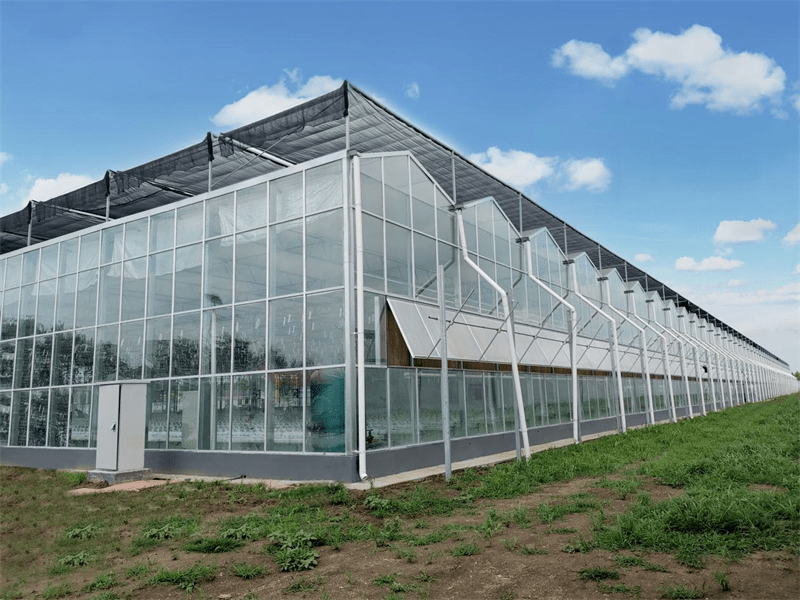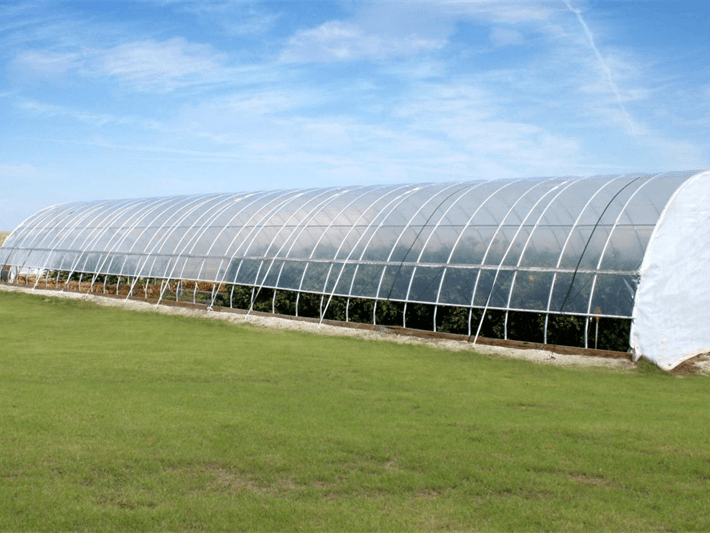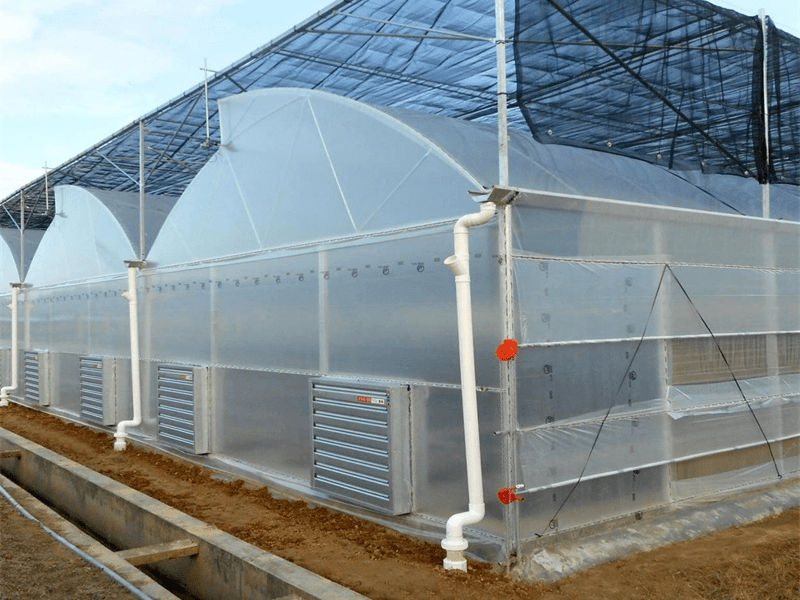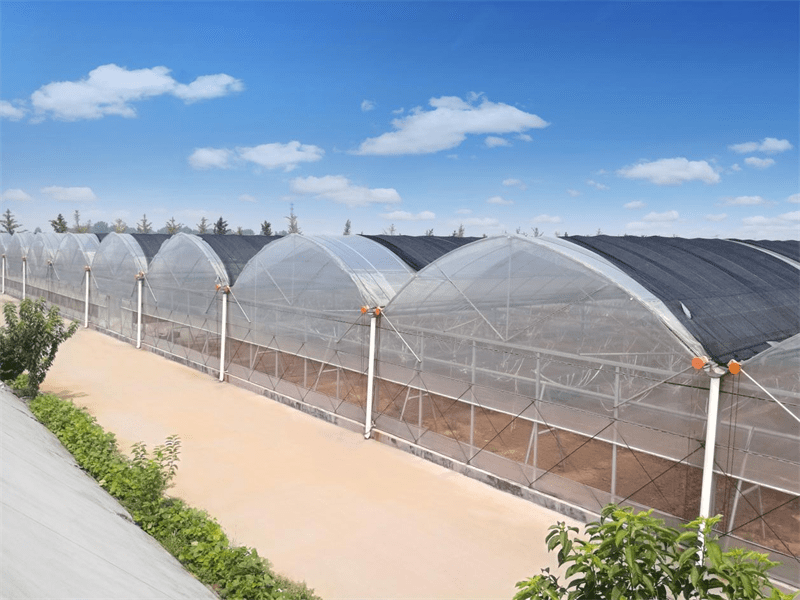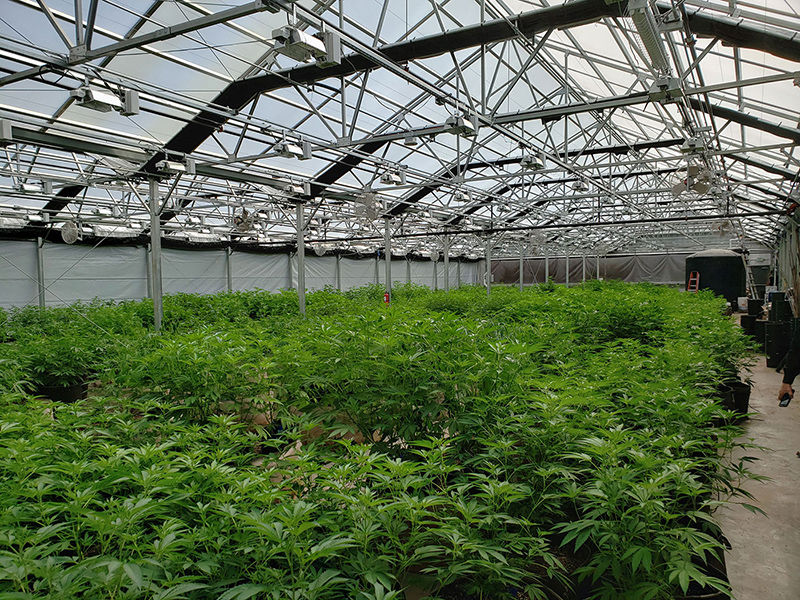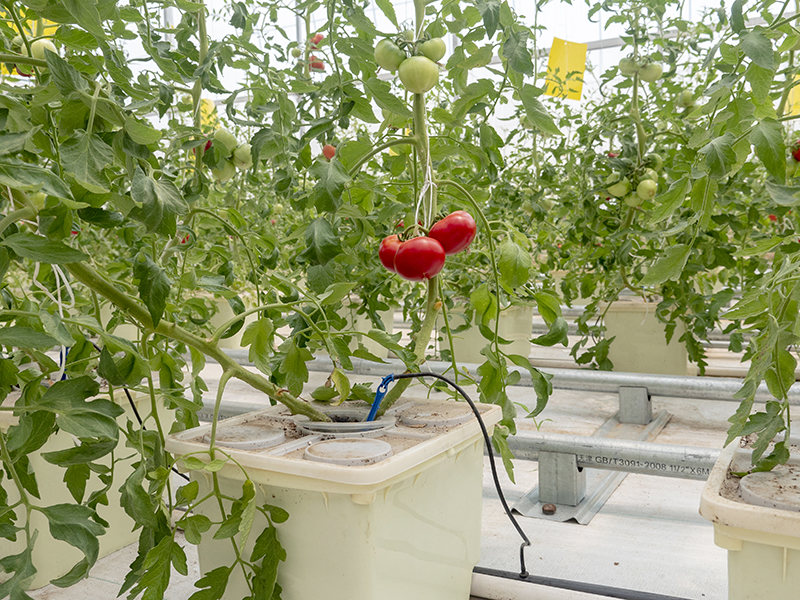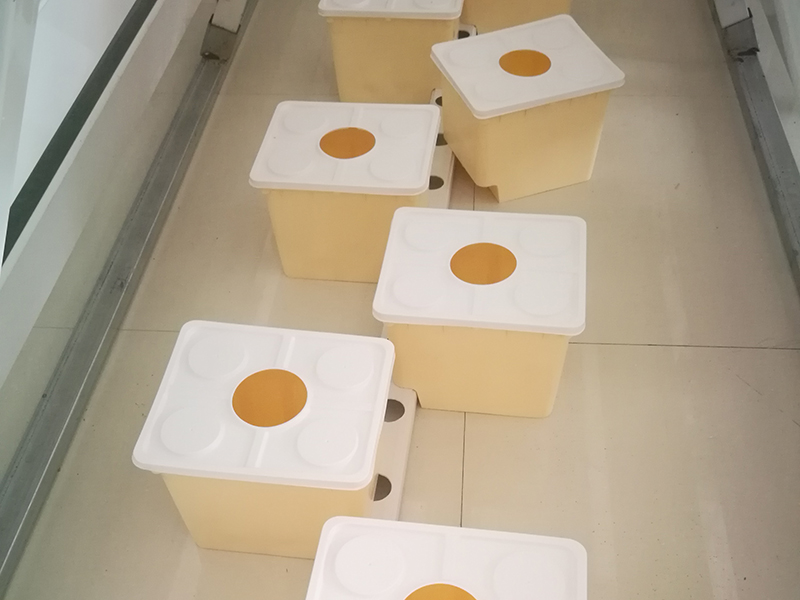Greenhouse Soilless Cultivation of Dutch Bucket
description2
Dutch Bucket size
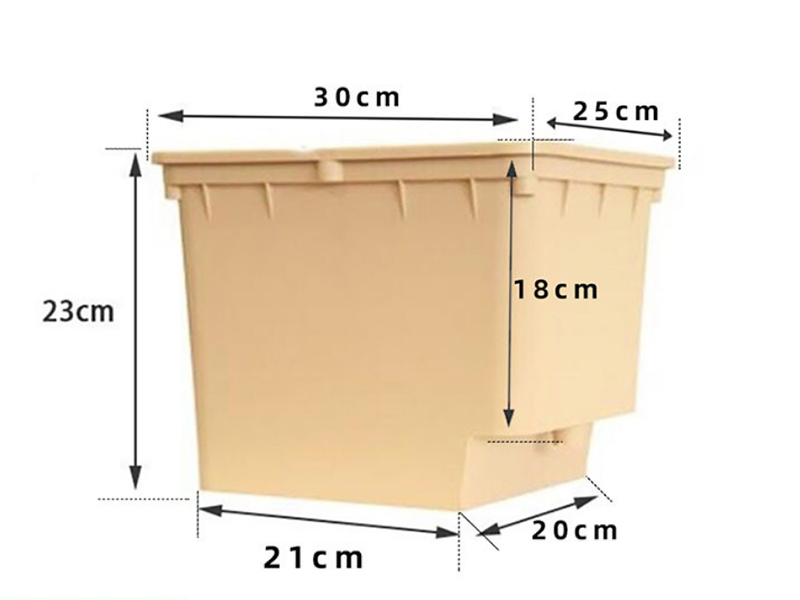
Size | 30*25*23cm |
Weight | 450g |
Color | yellow |
I'm going | 11L |
About Dutch Bucket
Dutch bucket is perhaps the most commonly used container for holding plants in a hydrponic growing system. It can be connected easily, allowing hydroponic systems to be scaled to virtually any size needed.
At first glance, the Dutch bucket looks like nothing more than a square conventional planter. However, appearances are deceptive. These buckets are used for both hydroponics and aquaponics, and feature the ability to use a single watering line and a single drainage line for multiple media beds when lined up together.
Hydroponics rely on the use of growing mediums to ensure that plants have a place to anchor, and benefit from stability. While larger media beds can be used, they are not always ideal. The Dutch bucket system provides a solution that offers scalability, combined with a small form factor.
While Dutch bucket can be used to grow virtually any plant type, they are especially useful for vining crops like tomatoes and cucumbers, as well as for growing larger plants. It’s also interesting to note that vining plants can be trained upward, as well as horizontally, to create living walls of plants that are easy to monitor and, after fruiting, easy to harvest.
Unlike other hydroponic systems, each bucket acts as both a host for a media bed, as well as the water and nutrient solution required for plant growth. The buckets are connected in series, and use the same water line, and the same drainage line.
They can be set either on a bench or table, or directly on the floor if necessary.
When connected in series, they should be staggered, with each alternating bucket’s drain port facing inward to ensure that a central drain line can serve all buckets in the series.

